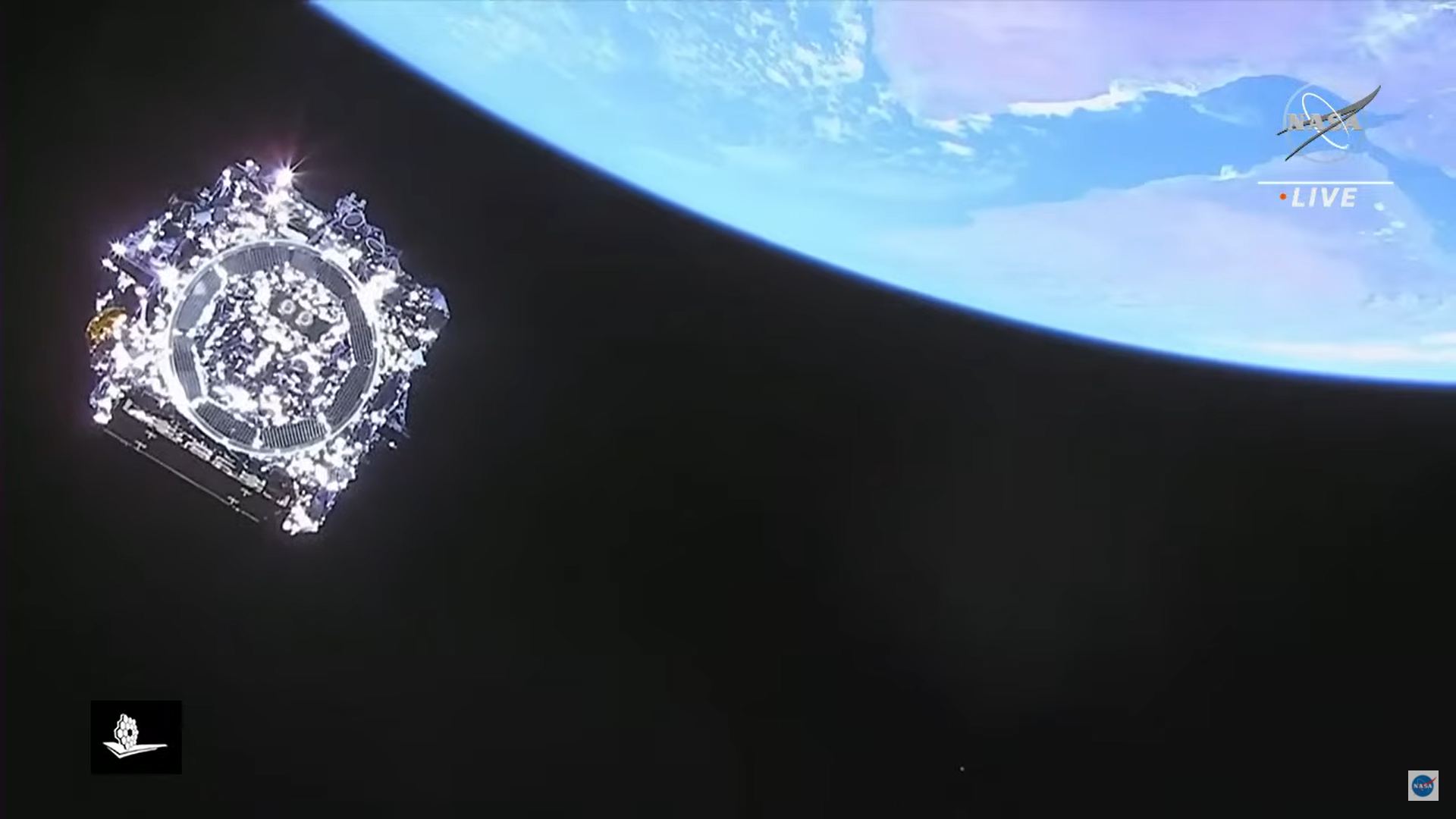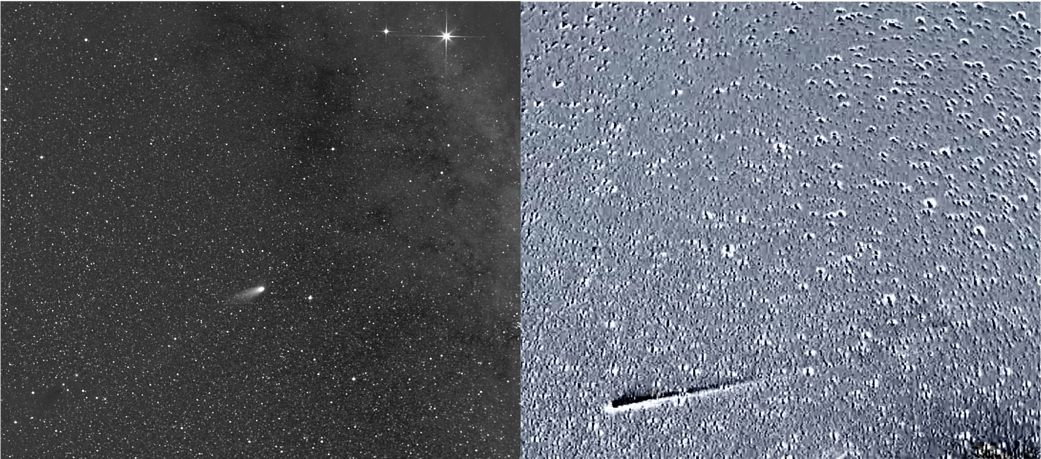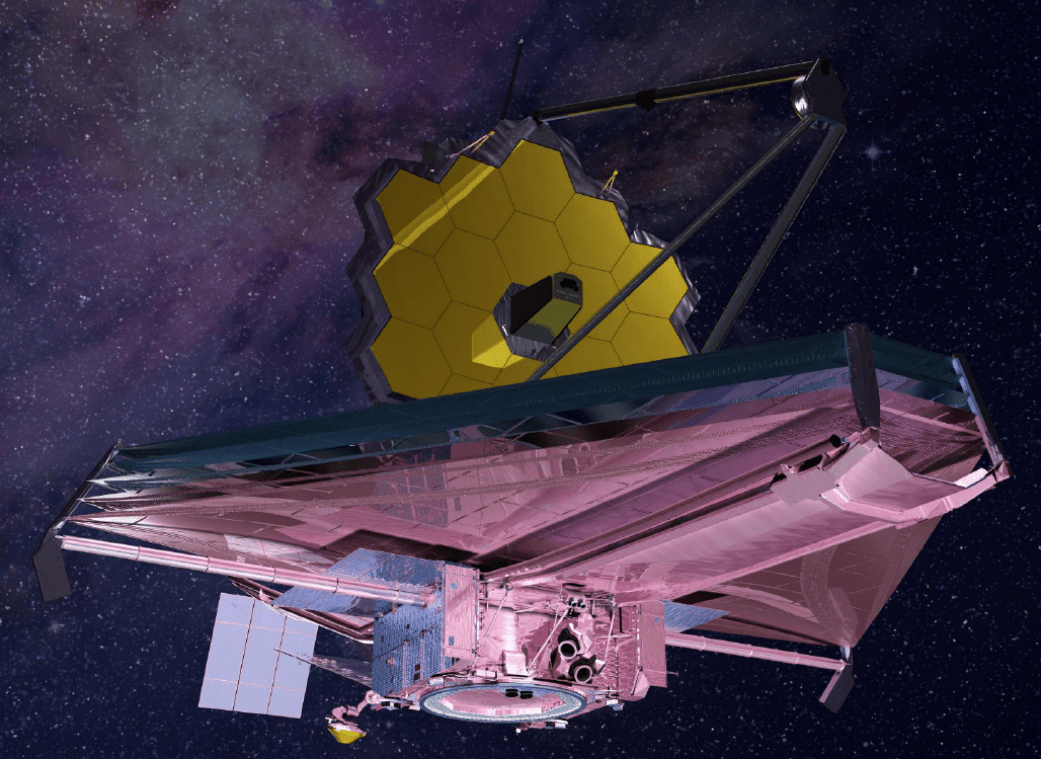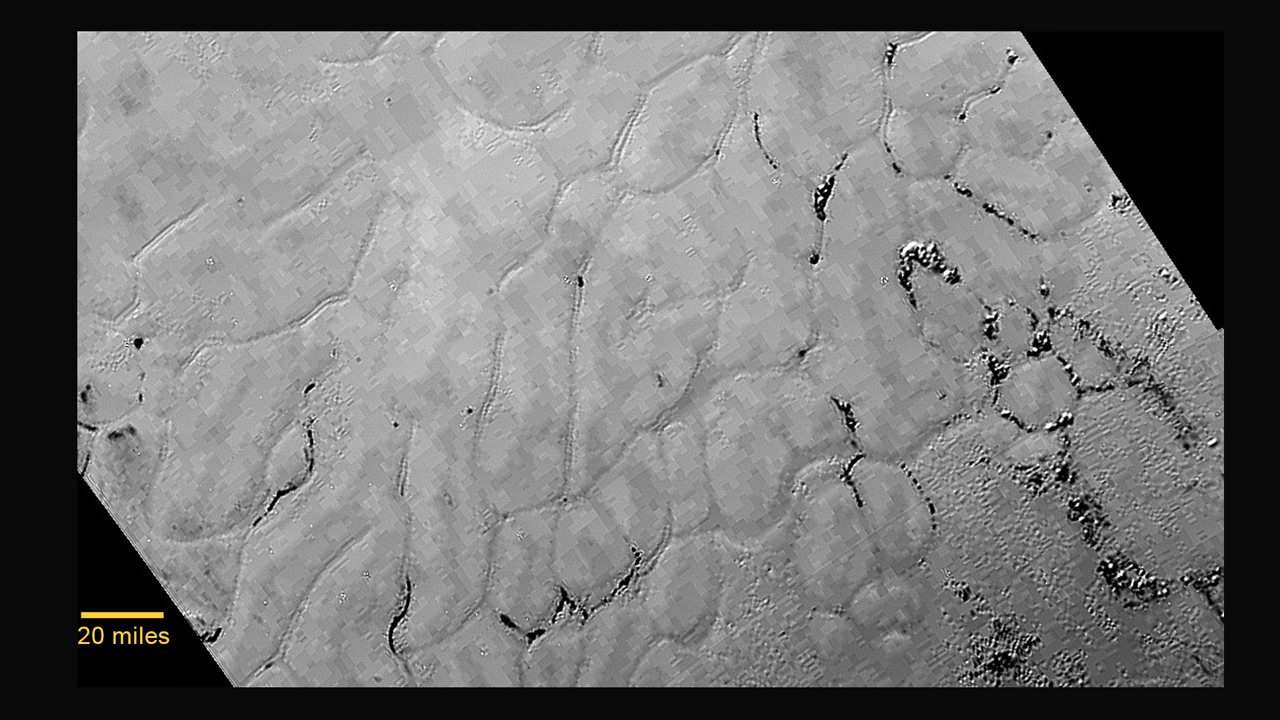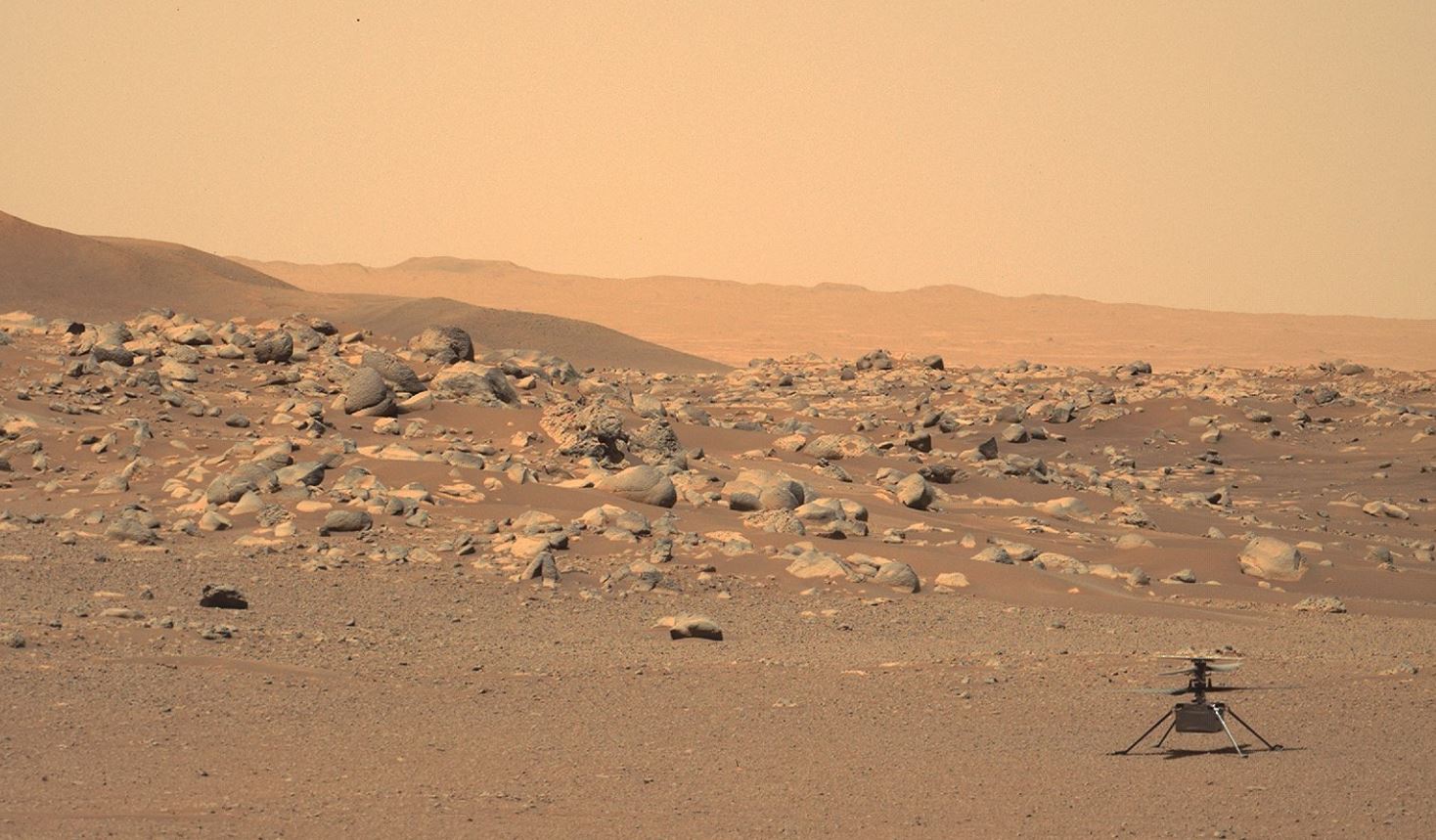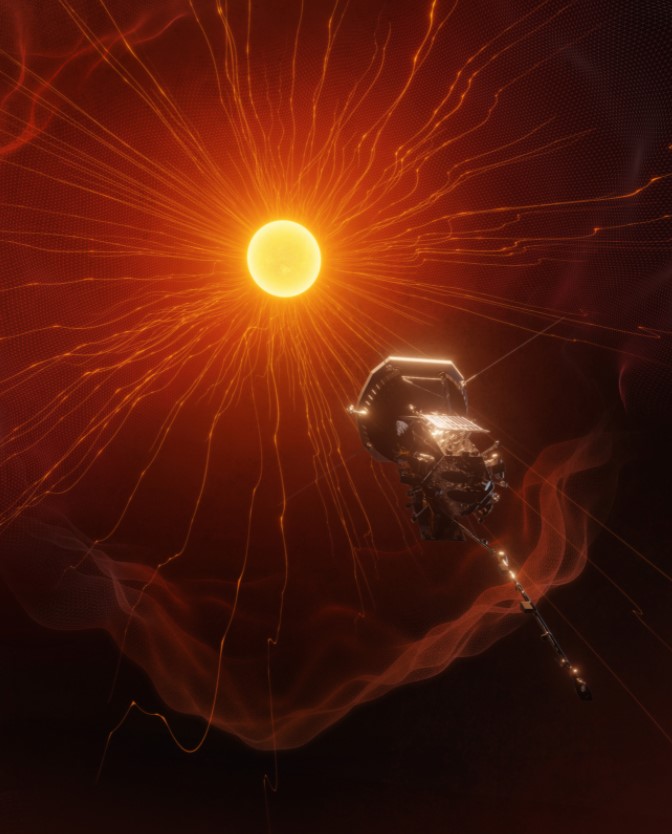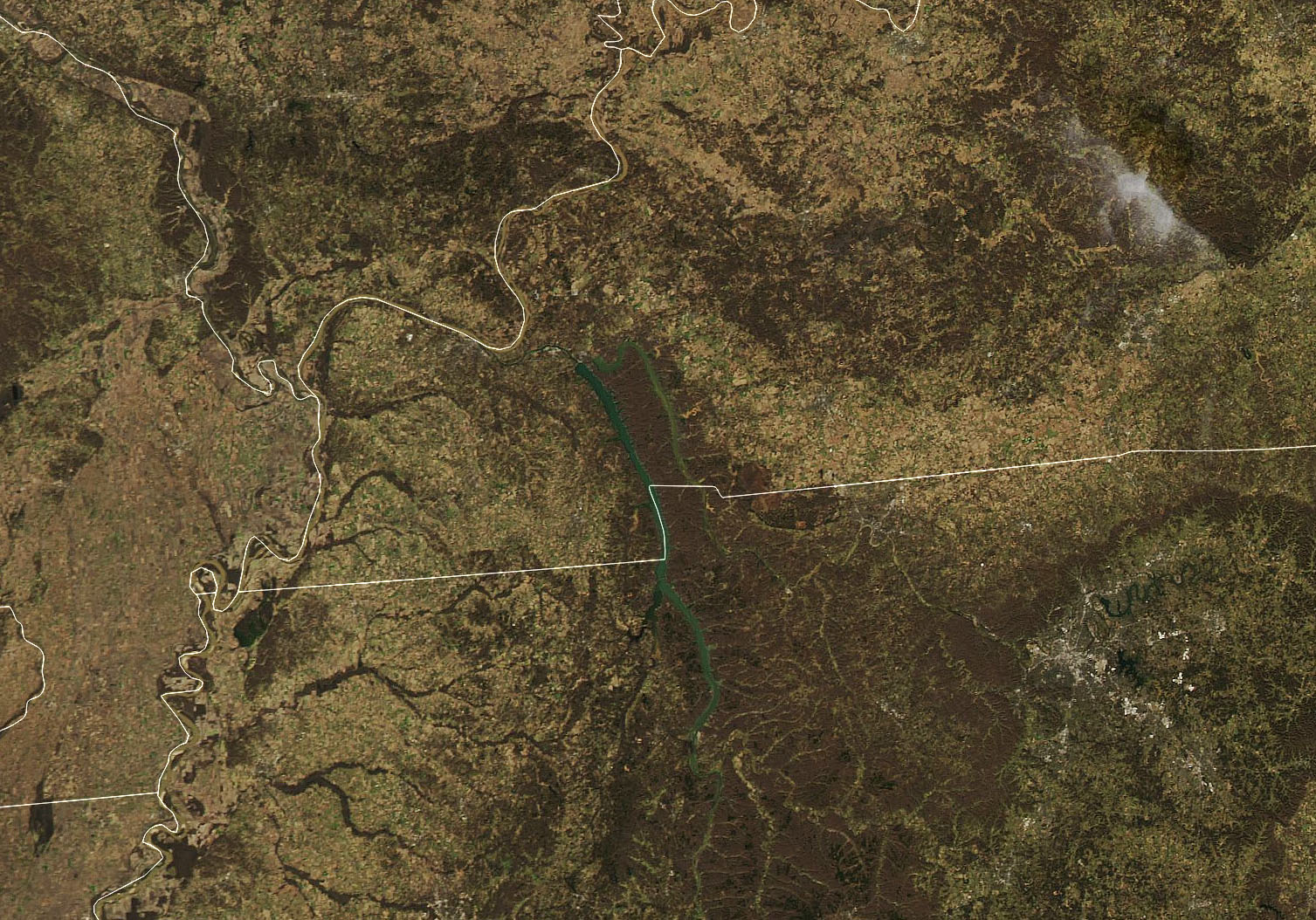It might not look like much, but here is the first monumental image from the Double Asteroid Redirection Test (DART). Earlier this month, a circular door covering the aperture of its DRACO telescopic camera was opened, allowing the camera to take its first image.
Now, imagine what the camera’s last image will be like: a REALLY closeup view of a binary asteroid system, Didymos and especially, its moonlet Dimorphos. The goal of DART is to intentionally collide with Dimorphos. If everything goes according to plan, this will alter the asteroid’s motion so that ground-based telescopes can accurately measure any changes.
Continue reading “Here’s DART’s First Picture From Space. We Are Already Looking Forward to its Last Image”


